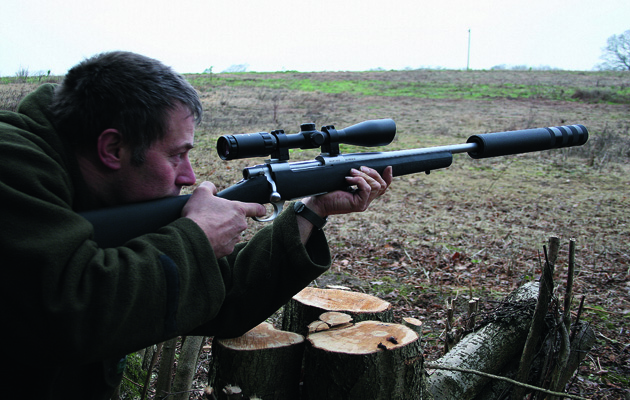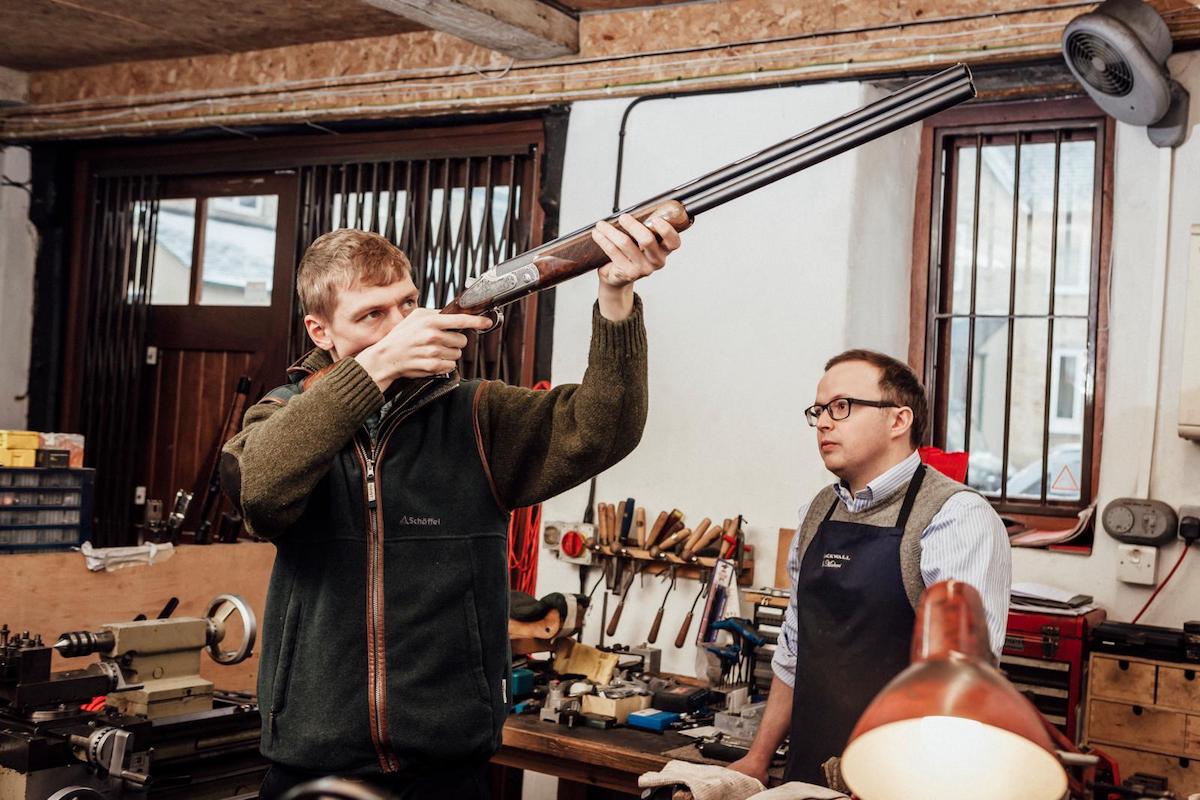Which .22 centrefire is best?
George Wallace offers his recommendations on these versatile rifles and looks at how to use them to shoot humanely and effectively.

The question of which is the best .22 centrefire often comes up often, but one can only really reply with another question: best for what?
The main considerations are whether you want to be able to shoot small deer as well as foxes and other similar-sized animals or whether the rifle is mainly for shooting birds. Then it is a matter of how far you need to shoot. For the first type of target, I would suggest the .222 Remington, while for pure pest control, the .22 Hornet is also an option. And a very good one.
When it comes to likely ranges, any of the .22 centrefires is quite capable of killing a fox or crow at 400 yards, but actually doing it is a very different matter. An incorrect range estimation, an error in the trajectory or a mere puff of wind and the bullet won’t go where you intended.
And then there are ethical considerations. Just because it may be necessary to control the populations of predators such as corvids, foxes and feral cats, they are all only doing what nature intended. The fact that we humans shoot them doesn’t give us the right to risk blowing off beaks, legs and jawbones by shooting from too long a range, leaving the poor creature to suffer a lingering and painful death.
Clean kills
So, we need to make sure our kills are clean. I normally zero rifles 1.5in high at 100 yards, but if small targets like magpies are on the menu, perhaps an inch is better. That is easy to remember and means that at any reasonable sporting range I can just aim straight at the target. No need to estimate range, bullet drop, hold-over or hold-under; just point and shoot. If it’s so windy you need to worry about it, it’s probably best to leave it for another day.
So what is this reasonable sporting range, under ideal conditions? We’re talking about the .22 centrefires and are therefore usually talking about a small target where the bullet needs to strike within about an inch of the point of aim in order to achieve a clean kill.
There are two factors involved; the rifle’s potential for precision shooting and your own ability to use that potential. For this example, we’ll stick to what the rifle can do.
What any modern .22 centrefire should do
Any decent modern .22 centrefire should, with its favourite ammo, be capable of shooting groups of less than an inch at 100 yards. So if we say 3/4in, that would mean that every bullet will land no more than half that distance, ie 3/8in (a bit less than 10mm for you modernists) from the centre of the group.
To kill our quarry cleanly, we must restrict the range to that at which the rifle can keep the bullet within an inch to 1.5in of the point of aim. In theory, based purely on group size, that would take our effective and humane range out to about 300 yards – until we factor in trajectory. At 300 yards, our little bullet will be anything from about 5in to more than 2ft below the crosshairs, depending on which cartridge your rifle is chambered for. Both those figures are too big to risk a shot at a small target. Even with a range finder and a sure knowledge of your bullet’s trajectory – found from actual tests, not just looking at the graph above – the slightest puff of wind can blow all your calculations right out of the window.
My own view is that for practical use in the field we should restrict the range to that at which we can hit the target without needing to hold over the top.
Using the rules we have set ourselves for “point and shoot,” often described as Maximum Point Blank Range or MPBR, when zeroed an inch high at 100 yards the .22 Hornet will reach out 170 yards, the .223 takes us to 205 yards and the .22-250 to 220.
Those are the facts and even though the figures are calculated, you absolutely must check your own rifle’s trajectory by shooting at a paper target at various ranges. However, it will, I hope, offer some help in deciding which cartridge is “best” for your own particular use.
You might, of course, just fancy one more than the others. You might even hanker after a .220 Swift, a .22-250 Ackley Improved, or a .220 Weatherby Rocket. All perfectly reasonable choices – but that’s another story.







